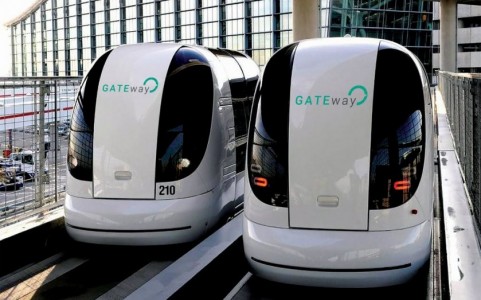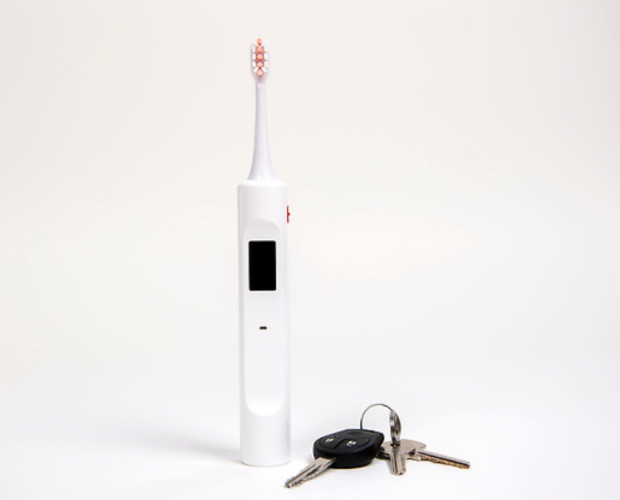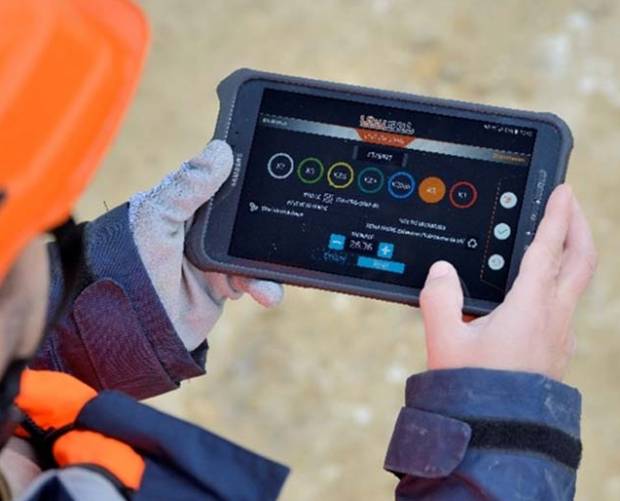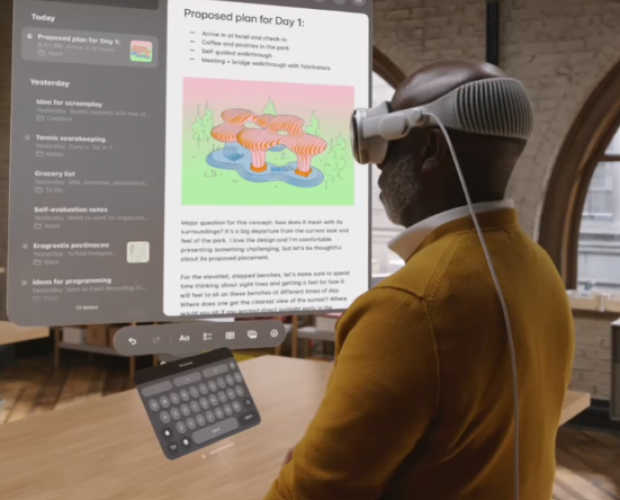Innovation Lab: Homemade Exoskeletons, Greenwich Robocars and Floating Greenhouses
- Friday, January 29th, 2016
- Share this article:
At Mobile Marketing were proud to help tech companies showcase their cutting-edge solutions, whether its on our website, in our magazine or at our Mobile Marketing Summits. Giving a platform to companies that are breaking new ground in their market brings audiences one step closer to the ideas and developments that will shape tomorrow.
In that spirit, our Innovation Lab feature takes a step beyond the world of apps, ads and handsets with slightly bigger screens, in order to share some of the tech worlds innovative ideas. They might be interesting, disruptive or just outright strange, but these are the stories that have caught our eye over the past week.
Homemade Exoskeleton Lifts Mini Cooper with Ease
Inspired by the powered suits seen in movies like Iron Man and Elysium, self-described “hacker for hire” James Hobson has put together an impressive exoskeleton in his garage that has allowed him to achieve feats including lifting a Mini Cooper and bicep curling as much as 270lbs.
Video of Hobsons original upper-body design amassed 1m views in a week after he filmed himself lifting 170lbs in his back garden, but without any back support, he was still limited in what he could achieve, as any weight had to be supported by his own skeleton.
His latest creation is a lower-body exoskeleton based on a pair of 63mm bore diameter pneumatic cylinders, capable of lifting over 800lbs each. Thanks to locking joints, the exoskeleton is capable of supporting over 485lbs of steel weights even in unpowered mode, and Hobson was able to easily lift a Mini Cooper attached to the device.
“While advancing battery technology will expand powered exoskeleton suits potential greatly, I believe the next breakthrough in function exoskeletons is much more simple. Its all about mechanical advantage,” said Hobson. “We already use many tools that take advantage of leverage and gear ratios, so what if we could create an exoskeleton that did what the bicycle did for transportation, but instead allowed humans to achieve super-human levels of strength for fields like construction, disaster relief, the military, and every other task that pushes past what our own bodies can handle?
 Londons First Driverless Cars Revealed Ahead of Tests
Londons First Driverless Cars Revealed Ahead of Tests
The design for the first driverless cars set to be deployed on the streets of London has been revealed, with the Greenwich Automated Transport Environment (Gateway) choosing to adapt electric passenger shuttles that are currently in use at Heathrow Airport for the project.
The Gateway project is one of four initiatives in the UK to test both the technology behind driverless cars, and the public reaction to such vehicles. Other trials are taking place in Bristol, Milton Keynes and Coventry, and are jointly funded by government agency Innovate UK and the automotive industry.
Unlike the pods used at Heathrow (pictured left), the vehicles will not need tracks, but will instead operate autonomously, navigating their way around routes that are likely to include the North Greenwich tube station, the O2 Arena, plus nearby businesses and residential areas.
Other Gateway trials taking part in Greenwich will include autonomous valet parking and driverless delivery vans used to shuttle parcels between warehouses and shops or homes in the area. All the vehicles involved will be supervised by an operator to ensure they run smoothly, and to take control in the case of an emergency.
House Escapes Flooding By Rising Up on Stilts
After their Thames-side house experienced five floods in 15 years, Middlesex residents Erica and Peter decided to do something. But rather than moving location, they decided to move their house vertically, putting it on hydraulic stilts that meant it could rise above floodwaters safely.
Working with architecture firm BAT Studio, the couple developed the Greenhouse That Grows Legs, a specialised building that can raise almost a metre above the ground thanks to four hydraulic legs built into the structures steel frame.
The building isnt a full-fledged house, but serves as a sanctuary during floods, keeping both the building and contents safe and dry, while serving as a functional space (which the couple use as a greenhouse) at other times. With floods increasingly threatening much of the country, we may see more innovative solutions to the damage they can cause in the next few years.
 Construction Starts on Worlds Largest Floating Solar Farm in Japan
Construction Starts on Worlds Largest Floating Solar Farm in Japan
With all but one of its nuclear power stations still shut down as a consequence of the Fukushima disaster, Japan has spent the last few years relying on expensive imported energy, prompting local technology firms to redouble their efforts in creating renewable energy solutions.
Solar farms have proved difficult to locate in Japan previously, due to the high population density and mountainous terrain, but tech firm Kyocera had the novel idea of building on unused spaces like reservoirs. The company has partnered with Century Tokyo Leasing Corporation to start building what could become the worlds largest floating solar farm in terms of power produced.
The facility will dwarf the current record holder (also built by Kyocera), using five times the number of solar panels and covering around seven times the space. The farm, which is situated around 50 miles from Tokyo, is aiming to be fully functional by 2018, and will generate around 16,170 megawatt hours per years (enough to power almost 5,000 households) once complete.
Smart Instrument Combines Drum Machine, Tambourine, Synthesiser and Light Show
The Zoom Arq looks like the kind of instrument youd see being played in the background of a Star Trek or Doctor Who episode, but the Bluetooth-connected device is real, and combines functions from a drum machine, sequencer, MIDI controller and more, while also generating a hypnotic light show.
The device consists of two parts. The base station houses most of the physical controls and comes preloaded with 70 synthesiser samples and 468 drum and instrument sounds, as well as linking up to your computer to access more music. The ring controller is made up of 96 pressure-sensitive pads that let it be used as a drum machine as well as generating a colourful lightshow that corresponds to the music.
The ring also includes an accelerometer, which is where it gets really interesting. Once detached from the base station, you can change sounds, cycle through effects and more by shaking, tapping, dancing with or even throwing the device around.

















